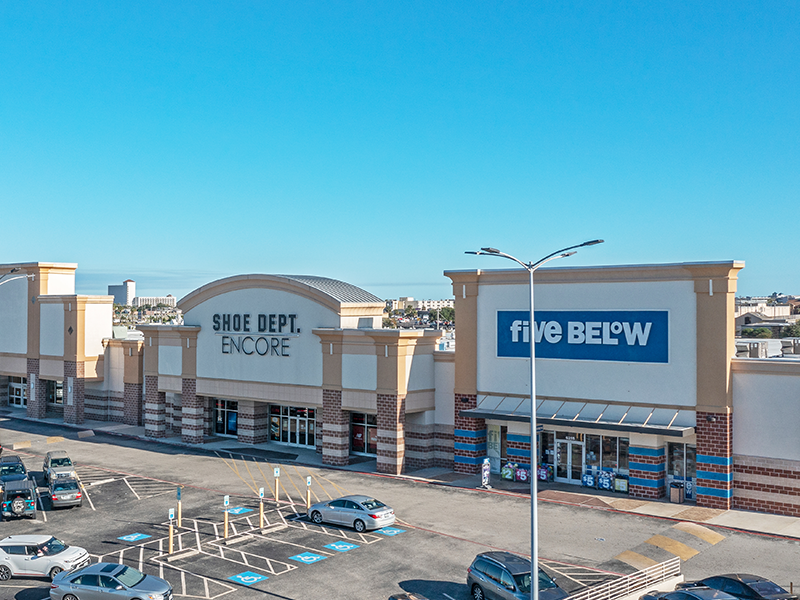After its remains were discovered in 1985, the director James Cameron, who would make the blockbuster 1997 film, went down in a Russian sub to film the wreckage. Later in interviews he spoke of what he came to understand after the ship emerged from the darkness. “It wasn’t just a story, it wasn’t just a drama.” The sinking of the Titanic was “like a great novel that really happened.” His film carried the lore to new generations, but there had been popular books and movies before. Obsession was a pre-existing condition. It’s why the studios let him make the costliest film then ever made: They knew there was a market. Why?
The Titanic story is linked to themes as old as man. “God himself couldn’t sink this ship.” “If we eat the fruit against his command, then we’ll be in charge.” “Technology will transform the world; it’s a mistake to dwell on the downside.” It’s all the same story. In the search for the submersible this week Britain’s Telegraph quoted retired Rear Adm. Chris Parry of the Royal Navy. Why, he wondered, would anyone get into a “dodgy piece of technology” like the submersible? “It is fundamentally dangerous, there was no backup plan, it’s experimental, and I’m afraid to say there’s an element of hubris if you want to go down and do that.” Everyone thinks he’s unsinkable.
The Titanic’s story has everything. Splendor and perfection meet a sudden, shocking demise. A behemoth, a marvel of human engineering, is taken down by a stupid piece of ice. We make ships in our pride and nature makes icebergs for her pleasure. No one is insulated from fate: There was no protection in wealth, the sea took who she wanted. It’s a story of human nature, of people who had less than three hours to absorb that they were immersed in a massive tragedy and decide how to respond. Some were self-sacrificing, some selfish, some clever, some fools. But ultimately, as on 9/11, they all died who they were. The brave were brave, the frivolous frivolous. The professionals in the band did what professionals do, play through to the end of the evening.
Anyone who hears those stories wonders: Who would I have been if I’d been there?
The Titanic captured nearly everything about America at the exact point at which it happened. The ship was built and registered by the British but it is the American imagination it most captured.
In first class, the Gilded Age aristos and plutocrats—the merchants, industrialists and sellers of things in their fancy dress. They weren’t embarrassed to be rich, wore the grandest silks and top hats and jewels, not so much to be vulgar—that was new money’s job—but because they wanted to be noticed and admired, and perhaps they thought it said something about them as persons that they’d done so well.
In second class, regular people—sturdy coats and practical shoes. No one’s ever that interested in them. In third class, the ethnics of Europe—the immigrants to America coming in waves just then peaking. Satchels, rough clothes. It was crowded in steerage; there were more children.
And all the different classes could peer at each other from the different decks. Just like today.
Among those who died, was Isidor Straus, a co-owner of Macy’s department store. Something about him always touched my heart. His wife, Ida, refused to leave his side to get on a lifeboat. Thinking about him the other day, I made up a story about the dynamism of the era:
The last day of the journey he was peering down, watching a young Irishman on the decks below throwing a ball with his mates, comically enacting triumph. At one point the young man helped a mother of three as she lost control of her youngest, who was barreling toward the rail. Straus asked his valet to bring the young man up.
“What are your plans?” Straus asked.
“Don’t got a plan. Take a chance. It’s America.”
Straus gave him his card and said to look him up when they got to New York. The young man survived, holding on to big wooden chairs he’d strapped together. Weeks later he presented himself at Macy’s, showed a manager the card and told the story. The manager, knowing old Isidor Straus, knew it was true.
Macy’s gave him a job in the basement stacking inventory. He worked his way up and in 1937 became the first Irish-American CEO of a major department store. In 1942 he was dragged by a friend to a backer’s audition for a Broadway show, a musical about Oklahoma, the first from a duo called Rodgers and Hammerstein. He underwrote the show, it became the smash of the decade, his friends called him a genius, but he knew he wasn’t. There was just a thing in the music, a kind of dream ballet, and when he heard it his mind went where it rarely went, to a moment long ago—a man with a fiddle and a song in a big ship listing in the darkness . . .
Again, the story of the Irishman isn’t true, but something in the story of the Titanic gets you spinning tales.
My friend John Gardner says the reason the Titanic endures is that there was an immediate connection in the public mind with the Great War. The 20th century was to be the century of progress. Peaceful, prosperous Europe was beyond war. Everything was science—the new world of psychotherapy and a Viennese named Freud—and the arts—Stravinsky, Diaghilev, Seurat. And then one June day in 1914, two years after Titanic, an obscure archduke was assassinated. In Europe’s great capitals, miscalculation after miscalculation yielded a sudden continental disaster. “The glittering failure of a glittering Titanic came to be seen as a premonition of all that, the end of an old world.”
I end with something mysterious, for no tale lives without mystery.
Art sometimes heralds what’s coming. Artists—true artists—often know things they don’t know they know. In the years before big dramatic events there’s often something in the air, and sometimes the vibrations enter artists’ brains, whether they’re conscious of it or not, and show up in their work. In the foreword to Walter Lord’s great Titanic history, “A Night to Remember,” published in 1955, the first thing he notes is that in 1898 a struggling writer named Morgan Robertson wrote a novel about a fabulous Atlantic Ocean liner carrying wealthy, self-satisfied people that went down one cold April night after hitting an iceberg. “The [Titanic] was 66,000 tons displacement; Robertson’s [liner] was 70,000. The real ship was 882.5 feet long; the fictional one was 800.” Both vessels could carry some 3,000 people, both could make 24 to 25 knots, and both carried only a fraction of the lifeboats needed if something bad happened. But little matter, because both were called “unsinkable.”
What did Robertson call his ship? The Titan.
















